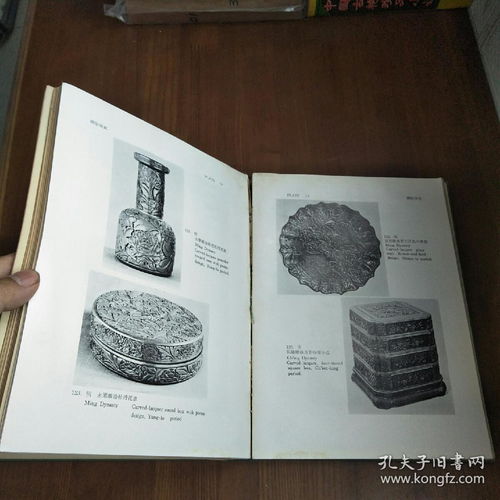How to Say '圣诞老人' in English: The Correct Quotation
当然,以下是一篇关于“圣诞老人”在英语中如何表达以及如何深入了解这一节日形象的文章,旨在让您的读者全面认识“Father Christmas”或更广为人知的“Santa Claus”背后的文化意义。


In the realm of festive celebrations, few figures evoke as much warmth, joy, and magic as Santa Claus, the beloved patriarch of Christmas cheer. For many around the world, the mere mention of his name conjures up images of a jolly old man in a red suit, white beard, and a twinkling eye, delivering presents to children on Christmas Eve. But how does one translate this iconic figure into English? Simply put, "圣诞老人" in English is universally known as "Santa Claus" or, in some cultures, "Father Christmas." Let's delve deeper into the origins, evolution, and cultural significance of this beloved holiday persona.
The Origins of Santa Claus
The origins of Santa Claus can be traced back to a blend of historical figures and folkloric traditions, weaving together stories from various cultures and eras. The most recognizable aspects of Santa Claus – the red suit, the white beard, and the gift-giving – stem from a variety of sources.
One of the earliest influences was Saint Nicholas, a 4th-century Greek bishop known for his generosity and kindness, particularly towards children. Legends tell of Nicholas secretly giving gifts to those in need, often through windows or down chimneys, a practice that eventually evolved into the modern tradition of Santa delivering presents on Christmas Eve.
As Christianity spread throughout Europe, Saint Nicholas's legend merged with local folklore and pagan customs, further solidifying his role as a bringer of joy and gifts during the winter solstice celebrations. By the Middle Ages, he had become a widely recognized saint associated with Christmas.
The Birth of Santa Claus
The modern image of Santa Claus emerged in the 19th century, thanks in part to the works of American author Clement Clarke Moore's iconic poem "A Visit from St. Nicholas" (more commonly known as "The Night Before Christmas"). Published anonymously in 1823, this poem introduced the character of "St. Nicholas" as a "jolly old elf" with "a little round belly that shook when he laughed, like a bowlful of jelly," wearing a red suit trimmed with white fur. This depiction helped solidify the image of Santa as we know him today.
Around the same time, commercialization and the rise of the department store culture in the United States and Europe further popularized the figure of Santa Claus. Department stores hired actors to dress up as Santa and interact with children, creating a sense of excitement and anticipation around the holiday season.
The Global Phenomenon
Over time, the legend of Santa Claus has transcended cultural and religious boundaries, becoming a universally recognized symbol of Christmas cheer. From North America to Europe, Asia, and beyond, the tradition of hanging stockings by the chimney, leaving milk and cookies for Santa, and eagerly awaiting his arrival on Christmas Eve is cherished by millions.
In many countries, Santa Claus (or variations of the character, such as Pere Noel in France or Babbo Natale in Italy) has been adapted to local customs and traditions, yet retaining the core message of generosity, love, and hope. His image adorns everything from Christmas cards and decorations to movies, books, and songs, solidifying his status as a cultural icon.
Cultural Significance
Beyond the physical manifestation of a red-suited figure, Santa Claus embodies the essence of the Christmas spirit – a time of giving, forgiveness, and renewal. He serves as a symbol of hope, reminding us that even in the darkest and coldest nights, there is always the promise of warmth, joy, and love.
For children, Santa Claus represents the magic of Christmas, a time when dreams can come true and anything seems possible. As they grow older, the belief in Santa may fade, but the memories of the excitement and wonder he inspired remain cherished.
For adults, the figure of Santa Claus often brings back fond memories of childhood Christmases and serves as a reminder to maintain a sense of wonder and joy in life. It encourages us to embrace our inner child, to find the magic in everyday moments, and to remember the true meaning of the holiday season.
Conclusion
In conclusion, "圣诞老人" in English is known universally as "Santa Claus," a beloved icon of Christmas cheer whose origins can be traced back to a blend of historical figures, folklore, and cultural traditions. From his humble beginnings as Saint Nicholas to his modern-day portrayal as a jolly old elf in a red suit, Santa Claus has become a universally recognized symbol of generosity, love, and hope. As we celebrate the holiday season, let us remember the magic and joy that Santa brings, and strive to embody the true spirit of
- 上一篇: 揭秘!哪些热门游戏能让你轻松赚取Q币?
- 下一篇: 品鉴干红葡萄酒的正确方式与享受指南
-
 How do you say numbers 1 to 15 in English?资讯攻略11-19
How do you say numbers 1 to 15 in English?资讯攻略11-19 -
 How to Say 'Happy Girl' in English资讯攻略12-06
How to Say 'Happy Girl' in English资讯攻略12-06 -
 How to Say '5000 Dollars' in English资讯攻略02-16
How to Say '5000 Dollars' in English资讯攻略02-16 -
 How to Say 'Baby' in English资讯攻略11-26
How to Say 'Baby' in English资讯攻略11-26 -
 How to Say 'Science Museum' in English资讯攻略11-04
How to Say 'Science Museum' in English资讯攻略11-04 -
 How to Say '电话簿' in English资讯攻略12-06
How to Say '电话簿' in English资讯攻略12-06












